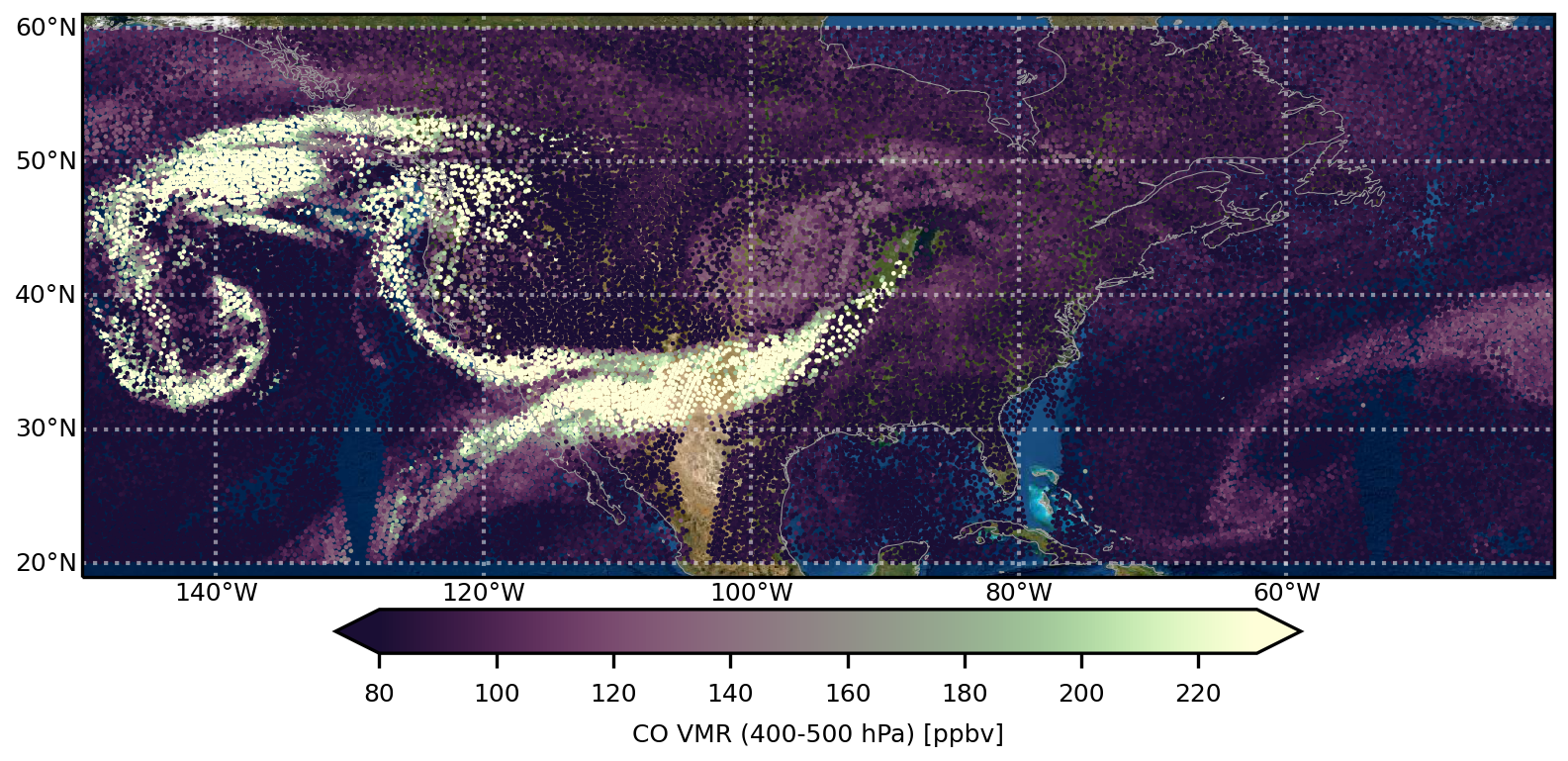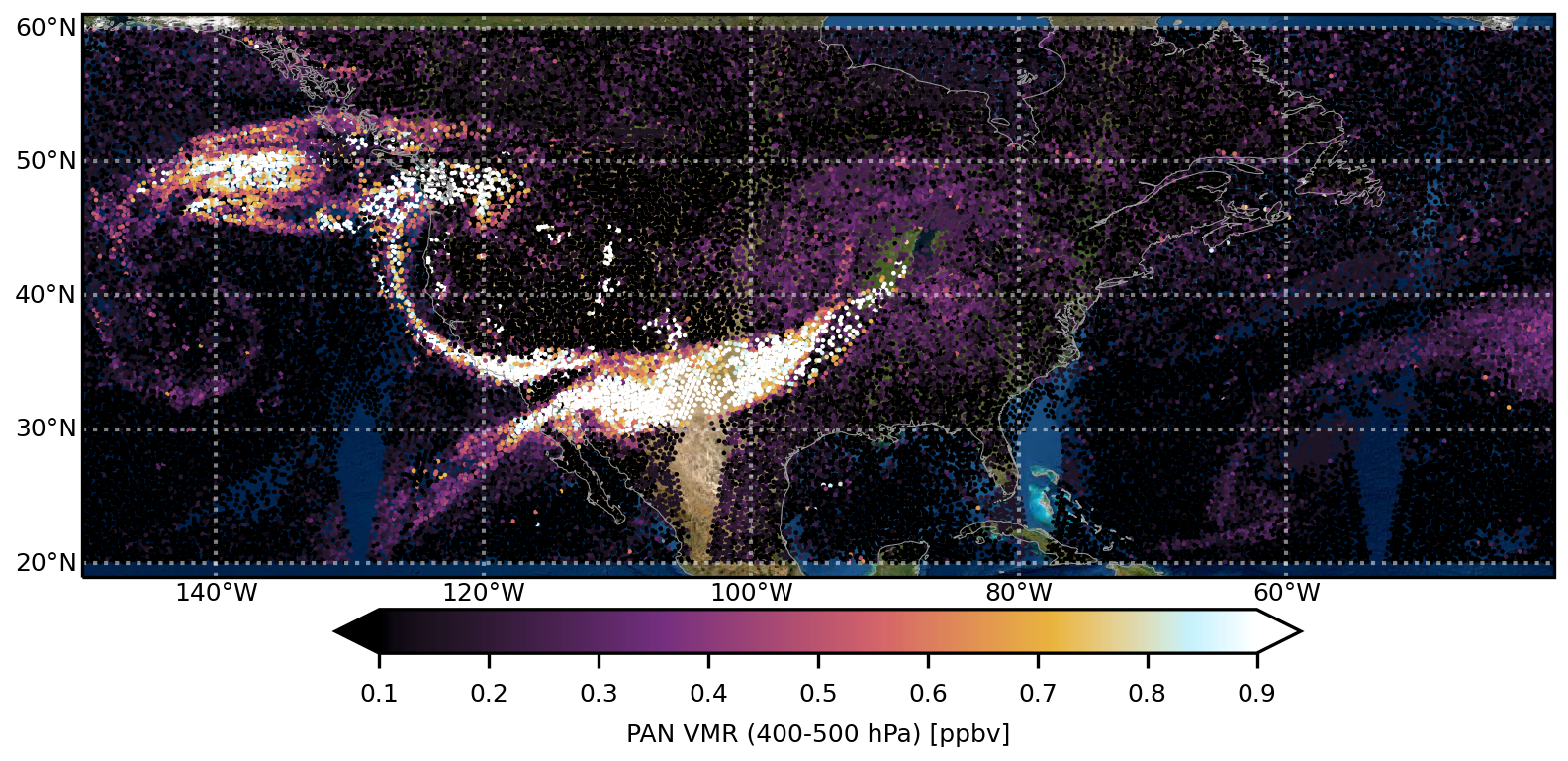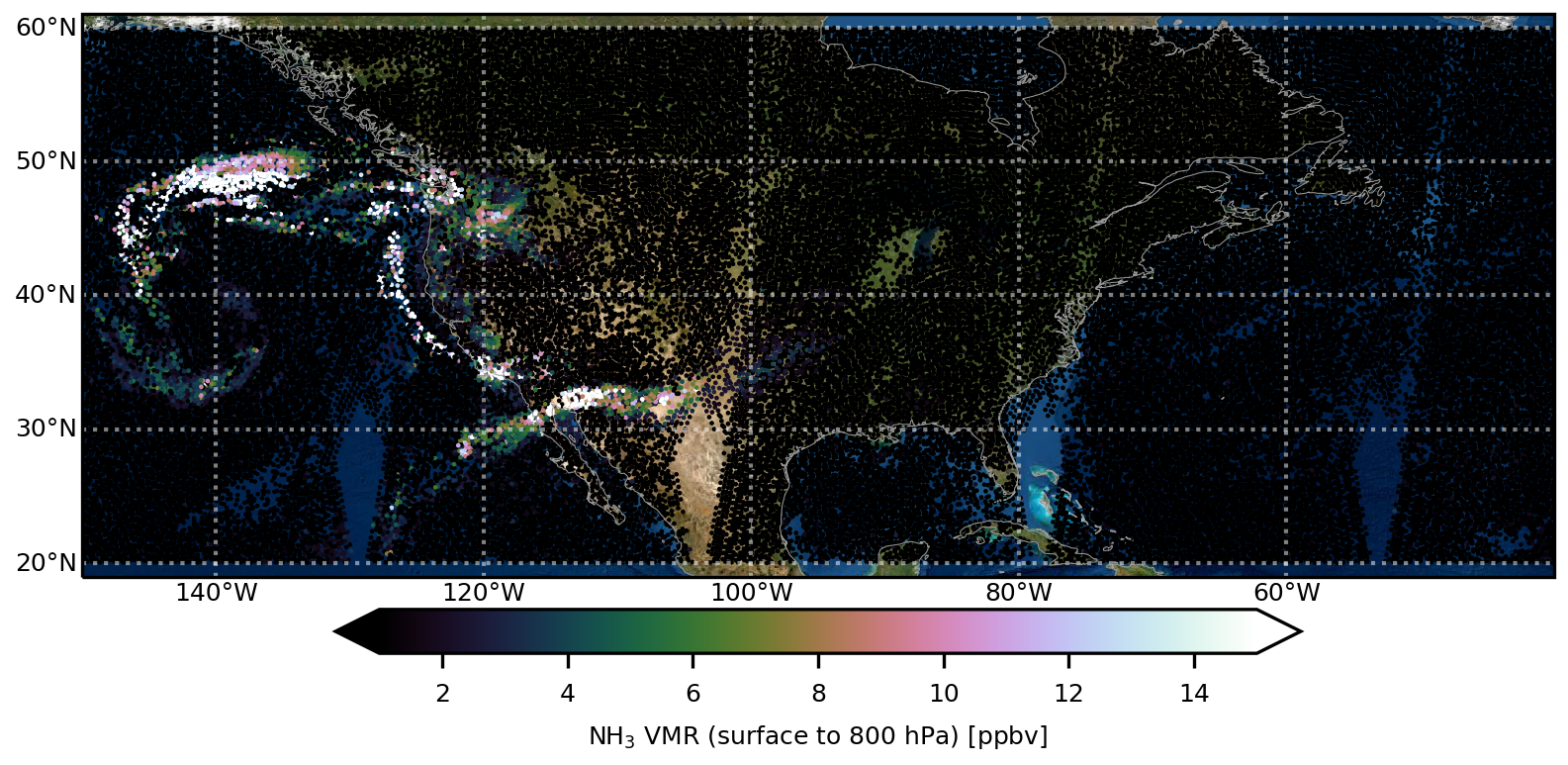Science
Pollution Transport in California Smoke Plumes
The NASA TROPESS Project quantifies atmospheric composition from the NASA CRIS satellite. These measurements of carbon monoxide and Reactive Nitrogen gases (Peroxyacylnitrate and Ammonia) show that California fires are a local, continental, and global air-quality problem. The plots below show California during the August Complex fire in 2020.

Mission Highlights
Swipe to view more highlights
Loading mission highlights...

